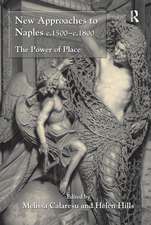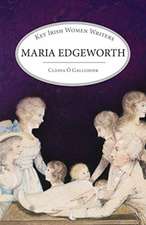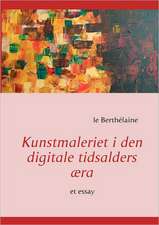Zen Paintings in Edo Japan (1600-1868): Playfulness and Freedom in the Artwork of Hakuin Ekaku and Sengai Gibon
Autor Galit Avimanen Limba Engleză Paperback – 25 apr 2018
Preț: 299.52 lei
Preț vechi: 356.69 lei
-16% Nou
Puncte Express: 449
Preț estimativ în valută:
57.31€ • 59.84$ • 47.43£
57.31€ • 59.84$ • 47.43£
Carte tipărită la comandă
Livrare economică 04-18 aprilie
Preluare comenzi: 021 569.72.76
Specificații
ISBN-13: 9781138548893
ISBN-10: 1138548898
Pagini: 180
Dimensiuni: 156 x 234 x 7 mm
Greutate: 0.45 kg
Ediția:1
Editura: Taylor & Francis
Colecția Routledge
Locul publicării:Oxford, United Kingdom
ISBN-10: 1138548898
Pagini: 180
Dimensiuni: 156 x 234 x 7 mm
Greutate: 0.45 kg
Ediția:1
Editura: Taylor & Francis
Colecția Routledge
Locul publicării:Oxford, United Kingdom
Cuprins
Contents: Introduction: playing with words and images; Evolution towards Zen paintings in the Edo period; An independent artistic language; Liberation from rules; Letting go of common conceptions; Emancipation from social conventions; Humor as an expression of freedom; Conclusion: ultimate freedom; Bibliography; Index.
Notă biografică
Galit Aviman received her PhD at Ben-Gurion University of the Negev, Israel in cooperation with Kyoto University, Japan. She conducted her post-doctoral studies at the Edwin O. Reischauer Institute of Japanese Studies, Harvard University, USA. She lived in Japan for ten years in total. Currently she is a lecturer at Ben-Gurion University of the Negev, The Hebrew University and Tel-Aviv University.
Recenzii
"The author applies a multifaceted approach, combining a holistic analysis of the paintings, i.e. an interrelated combination of text and image-with a contextualization of the works within the specific historical, art historical, cultural, social and political environments in which they were created." – The Asian Art Newspaper
Descriere
This book explores the playfulness reflected in the artwork of two prominent Japanese Zen monk-painters: Hakuin Ekaku (1685-1768) and Sengai Gibon (1750-1837). Aviman elaborates on the nature of this particular artistic expression and identifies its sources, focusing on the lives of the monk-painters and their artwork. The author combines a holistic analysis of the paintings, i.e. as interrelated combination of text and image, with a contextualization of the works within their specific environments.
















